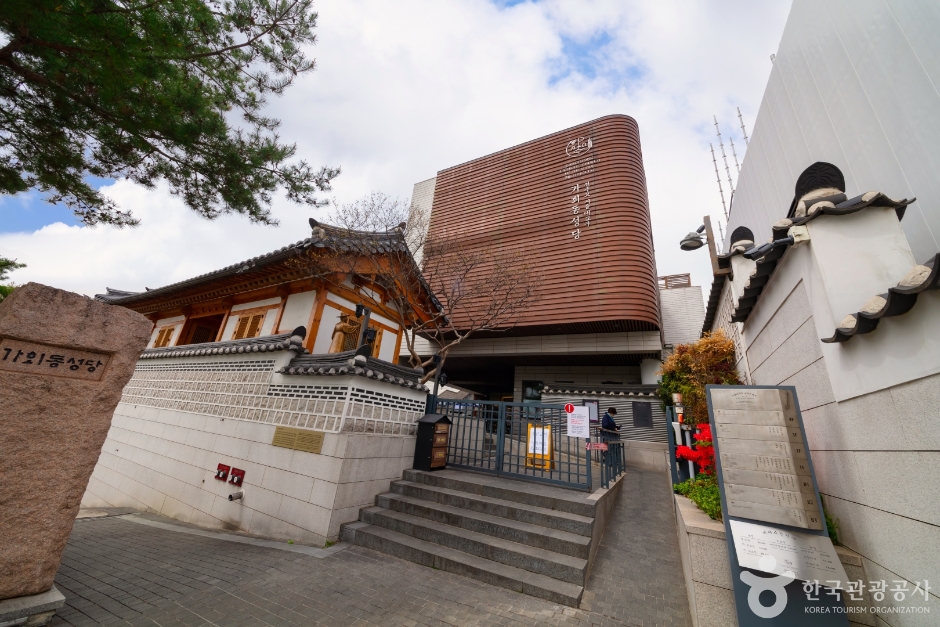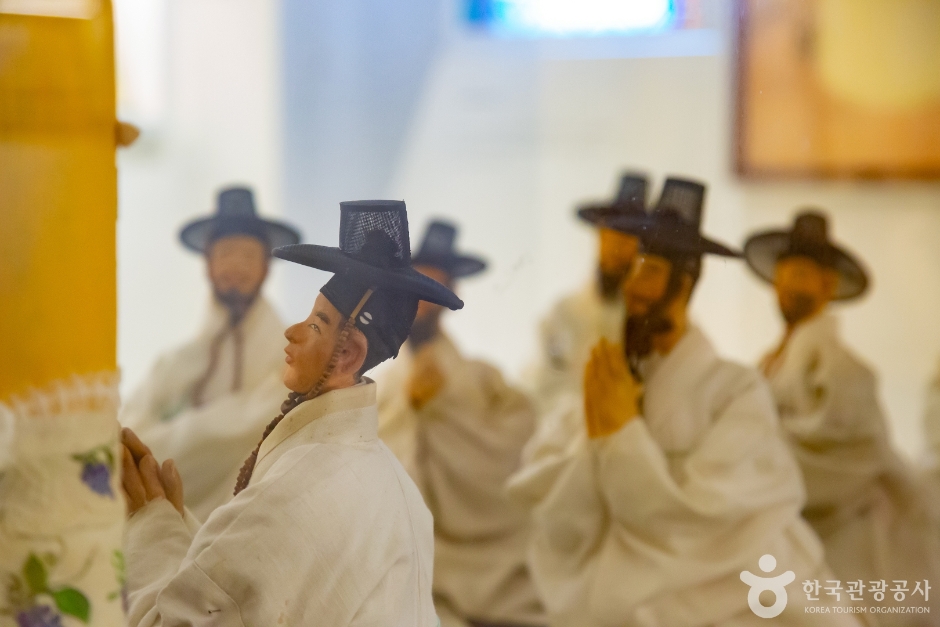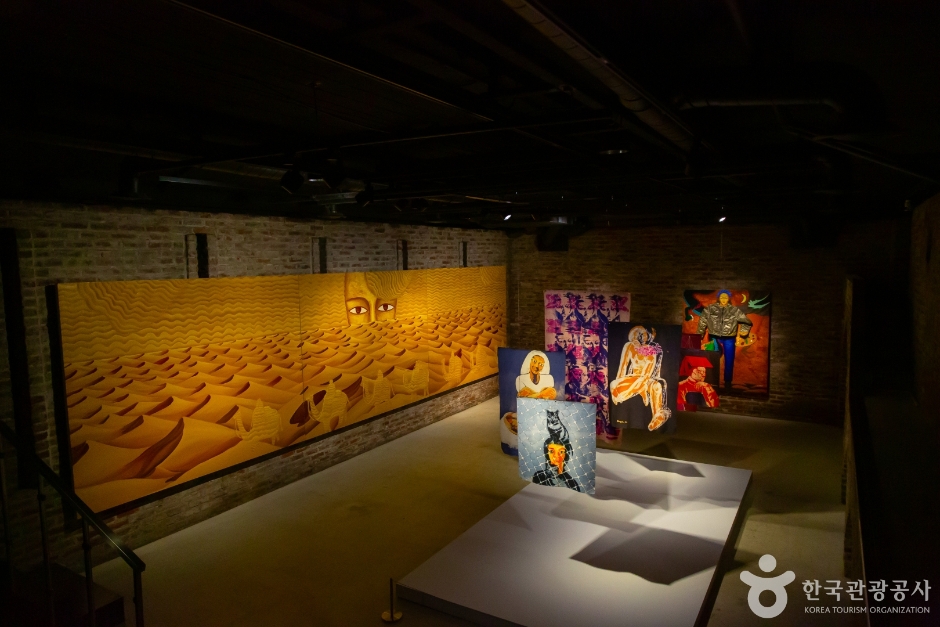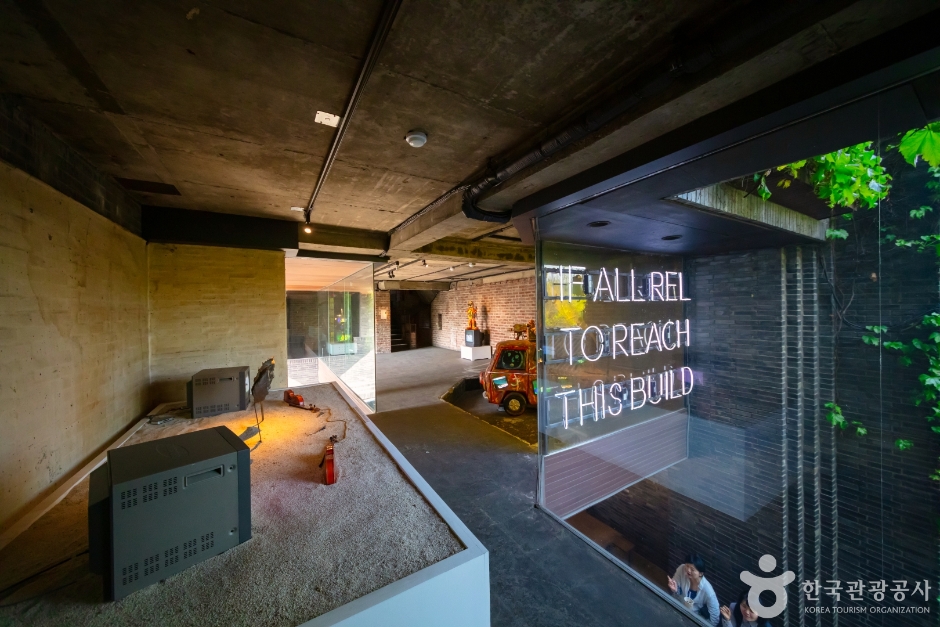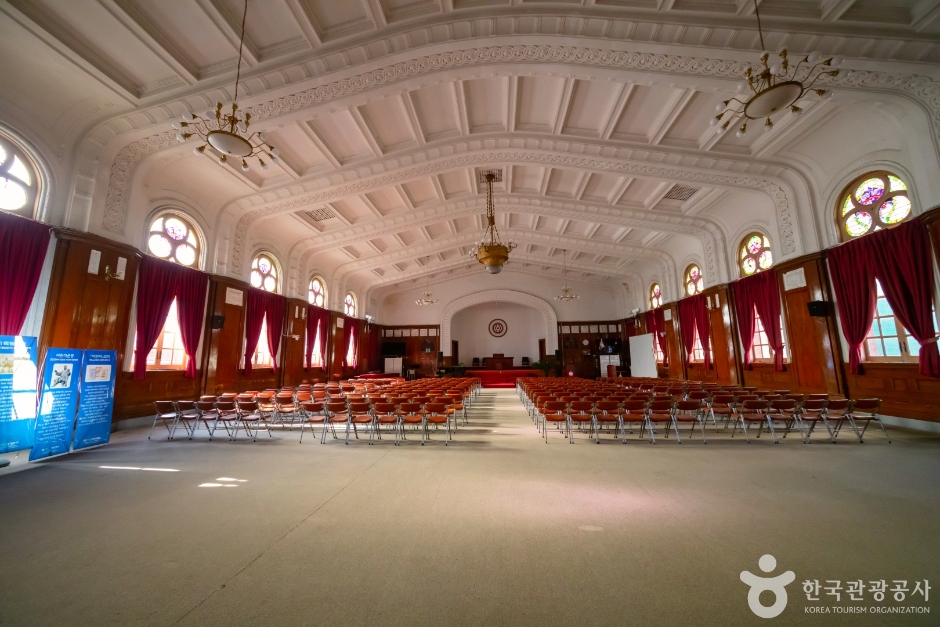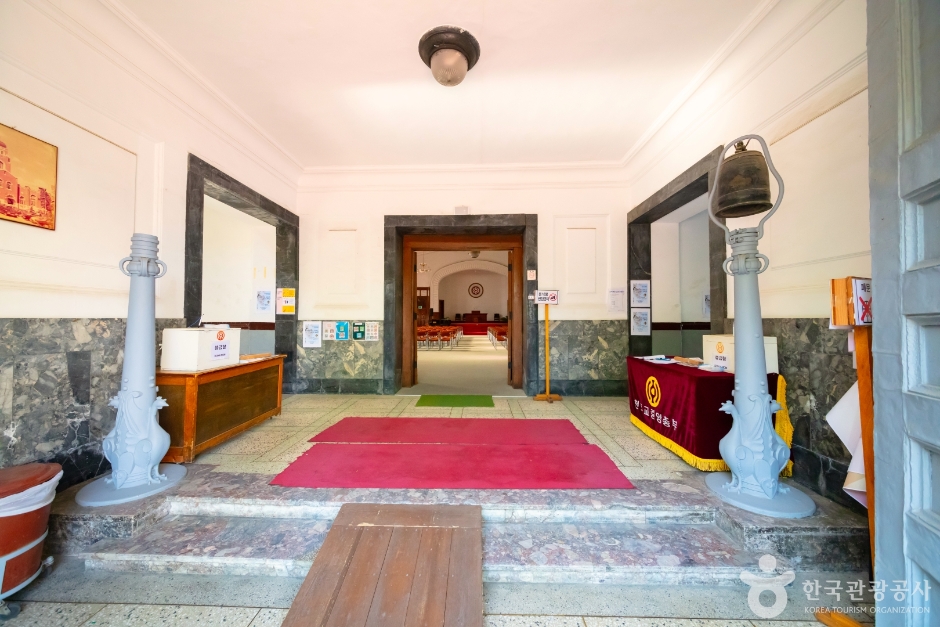Travel Highlights
-
-
-
Cultural Art / Modern and Contemporary Structures
-
11/03/2023
293
-
-
-
-
-
A Trip to Bukchon Filled with the Will of the Ancestors
How would a neighborhood with over 500 years of Joseon dynasty tradition and today’s Korea look like? Traces of the Joseon dynasty and modern times are hidden everywhere in Bukchon, where the harmony of modern buildings and alleyways makes it more interesting. Explore the mind and meanings of Korean ancestors in the area where buildings symbolizing modern times and the future are fitted between the palaces representing Joseon dynasty.
Travel Course
Cheong Wa Dae - (515 m, 8 minutes) - Beonsachang (Korea Banking Institute) - (754 m, 15 minutes) - Gahoedong Catholic Church - (598 m, 9 minutes) - LG Sangnam Library - (340 m, 4 minutes) - Arario Museum / Fritz, Wonseo - (411 m, 6 minutes) - (411 m, 6 minutes) - Central Temple of Cheondogyo
* Travel distance and required time are based on walking.Beonsachang (Korea Banking Institute): The Symbol of Joseon's Independent Modernity
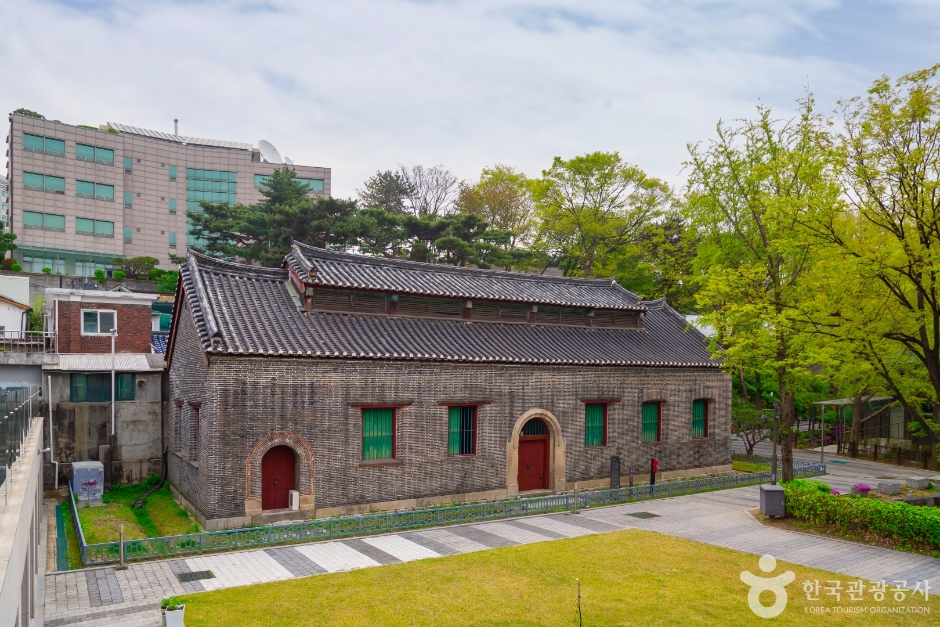
After the opening of the port at the end of the Joseon dynasty, King Gojong tried to advance to a modern country by introducing Western technology. The biggest change among them was the military facilities. To protect the people, the Joseon government, which exerted efforts in modern military training and weapon manufacturing, sent people to Japan and Qing to learn about the West's advanced civilization, science, and technology. The factory they set up in Joseon after their return was Beonsachang, Korea’s first modern weapons factory for making new weapons. It originally consisted of five buildings but was closed by the Japanese Empire, leaving only one building, which manufactured ammunition and stored weapons.

It is a building that combines the architectural styles of the East and the West. The exquisite harmony of Chinese-style bricks and hanok roofs is unique and historically significant. It is Korea's first modern weapon factory and a modern factory in which you can feel the desire of Korea’s ancestors to protect the country and its people. Although it is difficult to see the inside, the building doesn’t stand alone as Korea Banking Institute is built next to it.
- Address: 118 Samcheong-ro, Jongno-gu, Seoul
- Inquiries: +82-2-3700-1500
- Operating hours: open all year round
- Admission: Free
Gahoedong Catholic Church: Historical Site of the Early Church in Korea
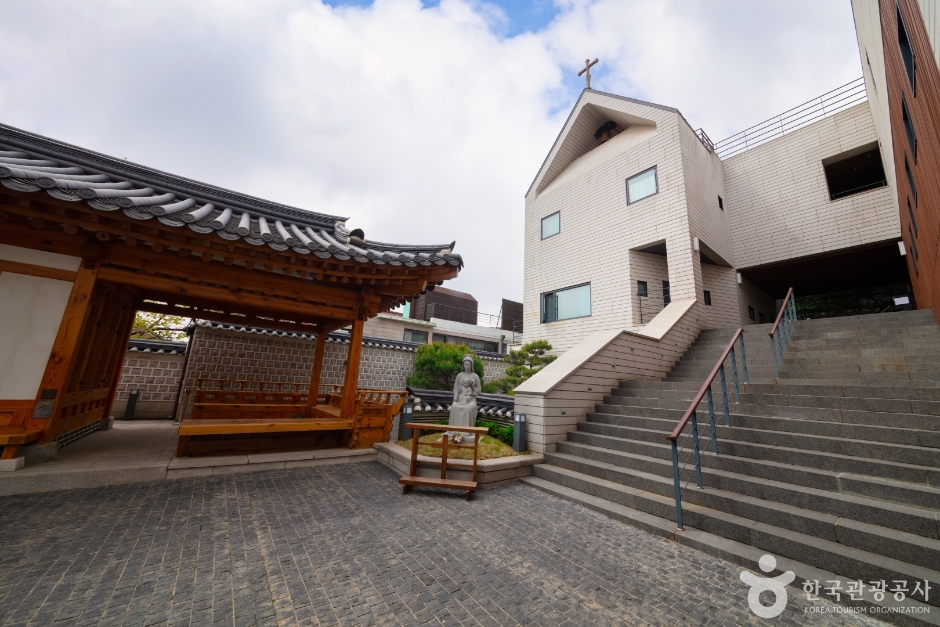
This location shows the history of Catholicism in Korea and is also a place that preserves traces of persecution. The old church's building, which was first built in 1949, was reconstructed in February 2010 under the direction of Father Song Cha-seon (John the Baptist), who majored in Architecture. The harmonious atmosphere of the traditional hanok sarangchae and the modern church is peaceful. The interior of the church is not visible from the outside. A low-lying hanok was placed on the side of the road, and a priest's house and a sanctuary were hidden in it. The main sanctuary on the second floor feels cozy and reverent, with sunlight coming through the window and dark ocher-colored wooden walls harmonizing with it.
This church was also where world-class singer Rain and beautiful Korean actress Kim Tae-hee held a Catholic wedding ceremony. Father Song, who wanted to make it a space where people could stay anytime without any burden, completely removed the church's threshold and made it a place where people visit. If you want to participate in a Mass regardless of your religion, check the website or with the church in advance. The church is not open on Mondays and public holidays.
- Address: 57 Bukchon-ro, Jongno-gu, Seoul
- Inquiries: +82-2-763-1570
- Operating hours: 09:00-17:00 / Closed Mondays and Saturdays (Catholic wedding ceremony) and holidays
- Admission: Free
- Website: gahoe.or.kr/
LG Sangnam Library: A Library of the Future in Korea
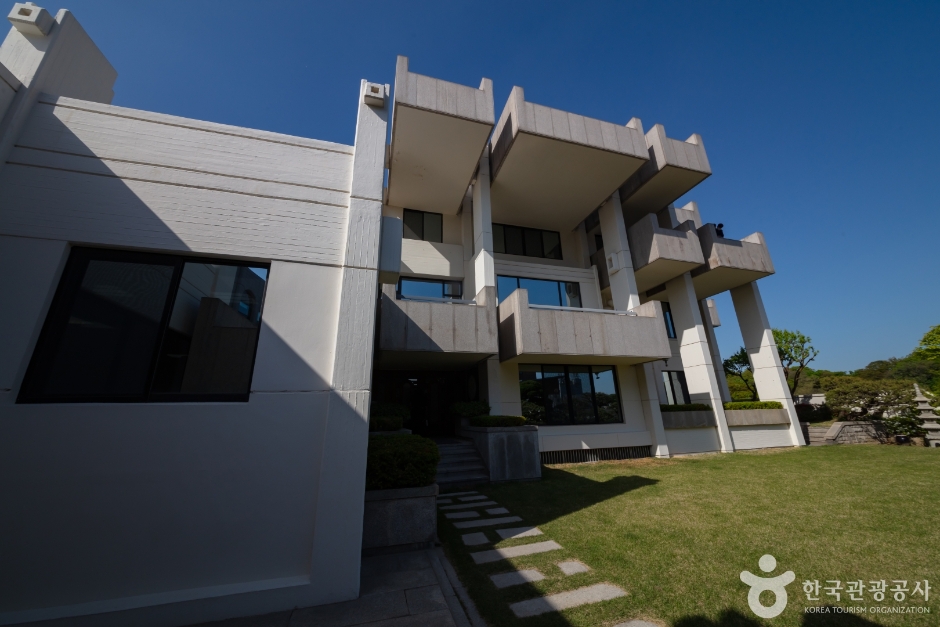
See how the future of Korea will develop. LG Sangnam Library is Korea's first “Digital Library” and the world's first “Library that reads books.” It was established when the private residence of Chairman Koo Cha-kyung, the founder and honorary chairman of LG Group, was donated. It was created for future development as a place to supply science and technology research and materials in Korea. International research papers on science and technology, which are difficult to obtain in Korea, are digitized and provided free of charge online. The seminar room on the second floor can be rented free of charge for a small science and technology academic meetings. You can reserve the seminar room through the website, so if you are interested in science and technology, you can read the latest papers and discuss them there.
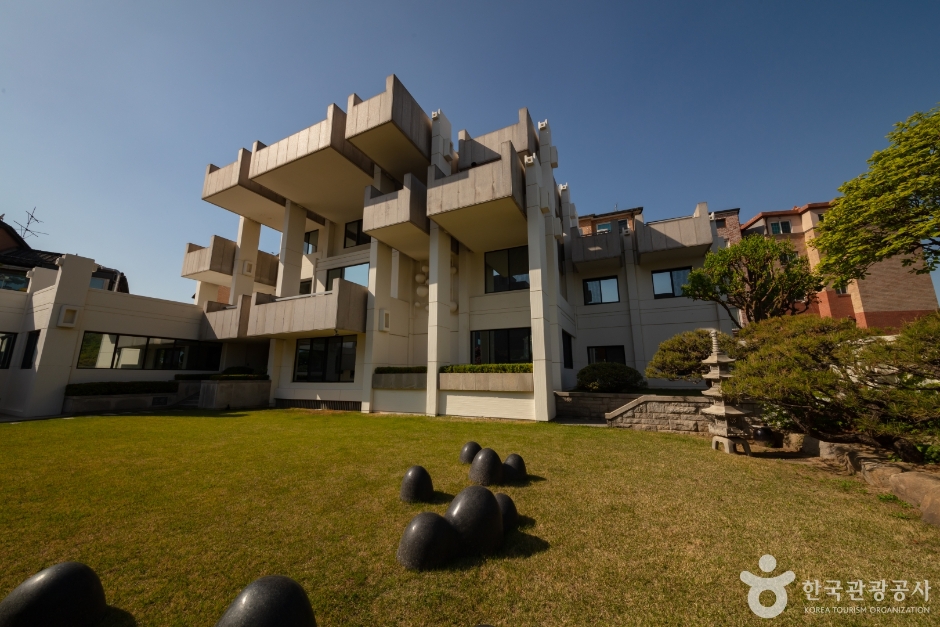
The “Library that reads books” was built to celebrate of the 10th anniversary of the opening of LG Sangnam Library. For the visually impaired, 50 new books are added every month, including new books, bestsellers, newspaper articles, and movie scenarios, in audio form for free. After applying for a library membership and receiving authentication through a welfare card, you can access the library anytime and anywhere through your mobile phone and listen to the books by voice. Unfortunately, since it is operated as a free e-library only for people with disabilities, the general public's access is restricted, and therefore, the general public cannot enter the inside of the building. So the general public have to be content with appreciating the exterior, which boasts the geometric architectural beauty designed by architect Kim Su-geun.
As a future milestone of the library industry in Korea, LG Sangnam Library is continuously seeking and introducing new digital services. As a library of the future, we look forward to seeing how it will integrate into our lives in the future.- Address: 18 Changdeokgung 1-gil, Jongno-gu, Seoul
- Inquiries: +82-2-708-3700
- Seminar room availability: Weekdays 09:00-17:00
- Admission: Free
- Website: www.lg.or.kr/index.do
Arario Museum / Fritz, Wonseo: The Breath of Architect Kim Su-geun
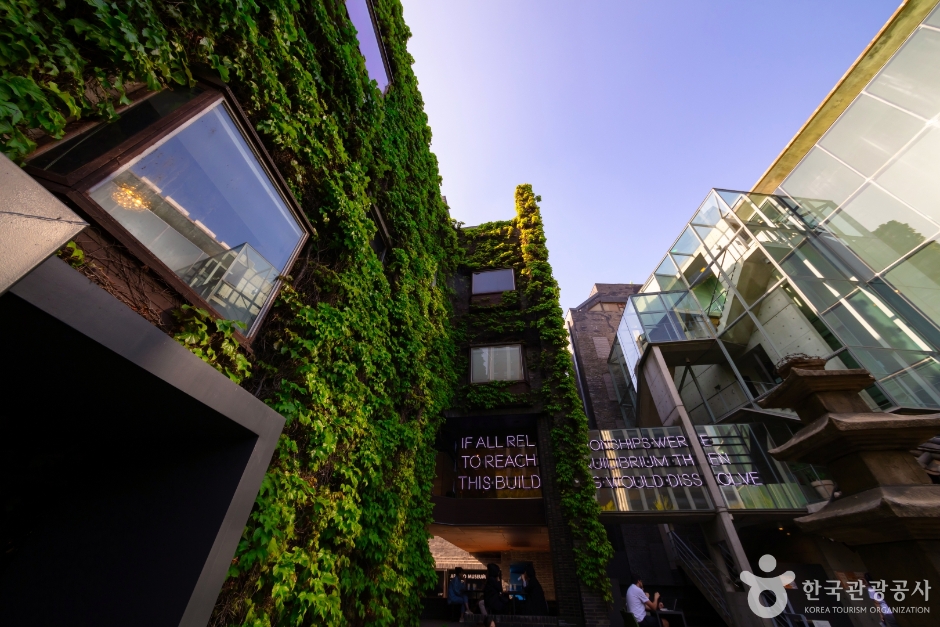
Want to take a break in a cultural space where the past and the present intersect? Arario Museum is made of tile-like stones in consideration of the harmony with Changdeokgung Palace and the surrounding hanoks. The outer wall is decorated with green ivy for coexistence with nature. In contrast to the blocked off exterior, the interior with the structure of a hanok is seamlessly connected. The building represents the architectural theory of “symbiosis” of the late architect Kim Su-geun. The skip floor structure, which raised the floor by half to preserve the characteristics of the sloping topography, and the ambiguous design of the floor boundaries by maximizing the sense of space make the design more fun, like a maze. Contemporary works not limited to countries and genres have different interpretation depending on the visitor’s view point. It’s not easy to feel inspired without actually experiencing it, so if you want a different visual experience, be sure to visit the museum. However, please note that the space is narrow and dangerous, so children under ten are restricted from entering.
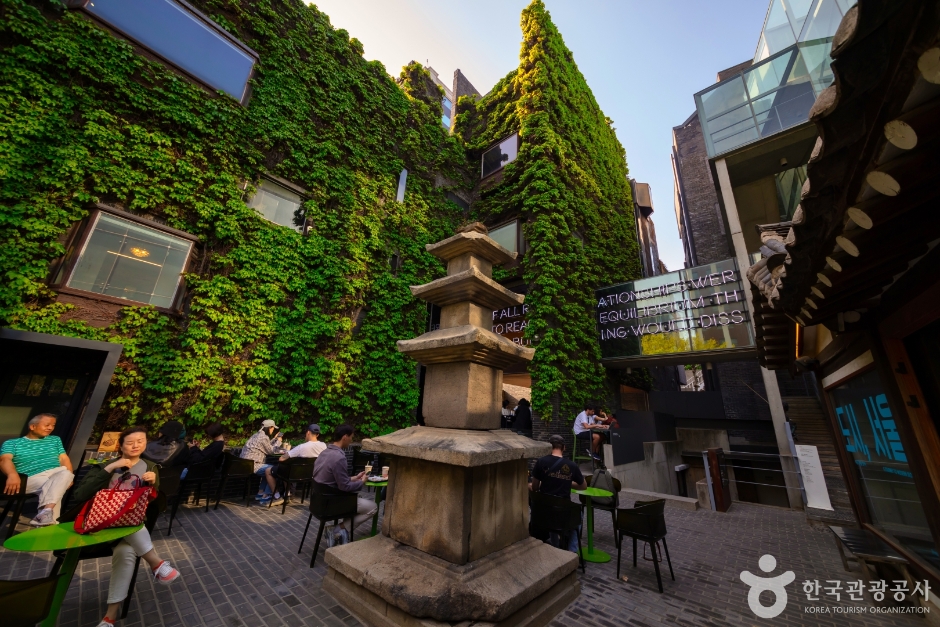
On the first floor, there is a cafe at Fritz Wonseo where you can take a break. Relaxing around the hanok space with the stone pagoda in the yard is quite sweet. Smell the delicious French bread and the savory aroma of the coffee, and you'll feel as if you've traveled back in time during the Enlightenment period.
- Address: 83 Yulgok-ro, Jongno-gu, Seoul
- Inquiries: +82-2-736-5700
- Operating hours: Tuesday-Sunday 10:00-19:00 / Closed Mondays
- Admission: Adults (ages 20-64) KRW 15,000 / Teenagers (ages 14-19) KRW 9,000 / Children (ages 11-13) KRW 6,000 / 50% discount for senior citizens (ages 65 and older)
- Website: www.arariomuseum.org/main.php
The Central Hall of Cheondogyo Religion: The Epicenter of the March First Independence Movement
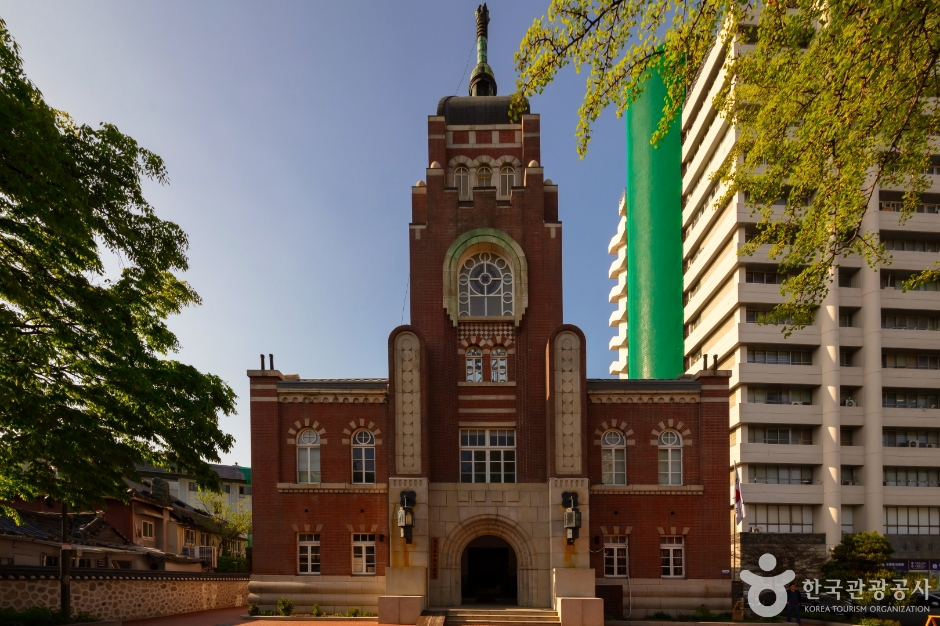
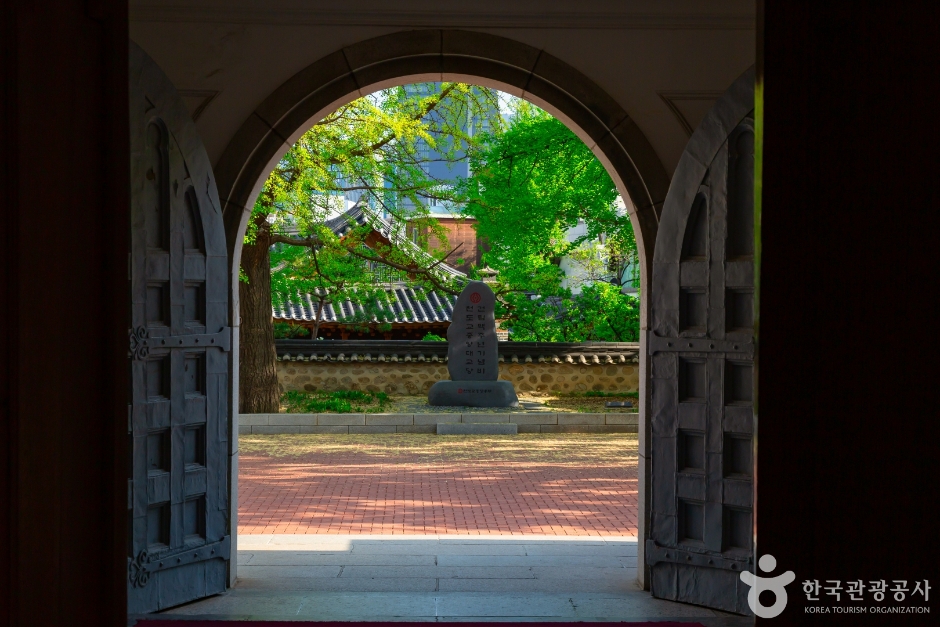
If you want to know the beginning of the March First Independence Movement, which was the largest independence movement in the nation, you must visit the Central Hall of Cheondogyo Religion. Its construction started in 1918 and was completed in 1921. It is a historical space where general events such as various political rallies and art performances were held in addition to religious ceremonies of Cheondogyo.
The antique appearance of the red brick building with a baroque-style roof tower was once considered one of the top three buildings in Seoul, along with Myeongdong Cathedral and the building of the Japanese General Government of Korea. The construction was carried out to raise funds for the independence movement under the pretext of building the hall, and part of the construction money was used as a fund to support the March First Independence Movement. The secessionist style of architecture, which is rare in modern Korean architecture, is known to be influenced by German architects. The building is made of granite as a whole, and the body of the building has no internal pillars, making it an auditorium-style meeting room.
The Central Hall of Cheondogyo Religion is a private assembly hall representing public opinion in difficult times and the epicenter of the national movement. You can feel the desperate hearts of many people and their will for independence.- Address: 57 Samil-daero, Jongno-gu, Seoul
- Inquiries: +82-2-735-7579
- Operating hours: open all year round
- Admission: Free
Travel Information
Public Transportation Information
[Bus] Walk for approx. 150 m from Anguk Station (Seoul Subway Line 3), Exit 5
Nearby Restaurants and Cafes
Village On
Address: 127 Samcheong-ro, Jongno-gu, Seoul
Inquiries: +82-2-738-4231
Main menu: Dubu Jeongol (bean curd hot pot) and Dotori Muchim (acorn jelly salad)
Downtowner, Anguk
Address: 6-4 Bukchon-ro, Jongno-gu, Seoul
Inquiries: +82-70-8870-3696
Main menu: Burger and Chicken
Aehorock
Address: 41 Gyedong-gil, Jongno-gu, Seoul
Inquiries: +82-2-742-8010
Main menu: Bossam Jeongsik (napa wraps and pork set menu) and Aehobak Jjigae (summer squash soup)
Ganpaneomneun Kimchijjigaejip
Address: +82-2-739-1443
Inquiries: 23-14 Insadong 10-gil, Jongno-gu, Seoul
Main menu: Kimchi Jjigae
Kkangtong Mandu
Address: 5-6 Bukchon-ro 2-gil, Jongno-gu, Seoul
Inquiries: +82-2-794-4243
Main menu: Mandutguk (mandu soup) and Onban
Jeonda
Address: 24 Bukchon-ro 4-gil, Jongno-gu, Seoul
Inquiries: +82-2-765-3010
Main menu: Gajeongsing Dosirak (homemade lunch box) and Yukjeon (pan-fried battered beef)
Fritz, Wonseo
Address: Arario Museum, 83 Yulgok-ro, Jongno-gu, Seoul
Inquiries: +82-2-747-8101
Main menu: Americano and Croissant
Dot Blanket, Anguk
Address: 22 Yunboseon-gil, Jongno-gu, Seoul
Inquiries: +82-507-1431-2226
Main menu: Open Sandwich and Coffee
Bidam
Address: 5 Bukchon-ro 8-gil, Jongno-gu, Seoul
Inquiries: +82-2-766-2477
Main menu: Salted Latte and Omija Ssalkkot Frappe
Double Cup Coffee
Address: 35 Changdeokgung 1-gil, Jongno-gu, Seoul
Inquiries: +82-2-743-4222
Main menu: Americano and Focaccia- 1330 Korea Travel Hotline: +82-1330 (Korean, English, Japanese, Chinese, Russian, Vietnamese, Thai, Malay)
* This column was last updated in May 2023, and therefore information may differ from what is presented here. We advise you to confirm details before visiting.
* Credit & inquiries: KTO Tourism Exhibition Hall Management Team -

